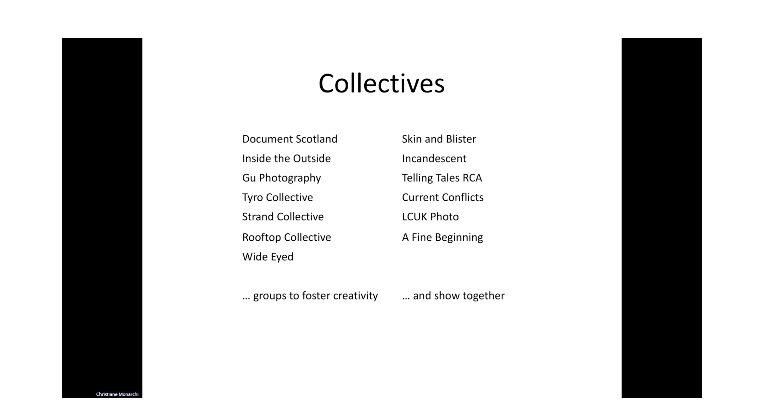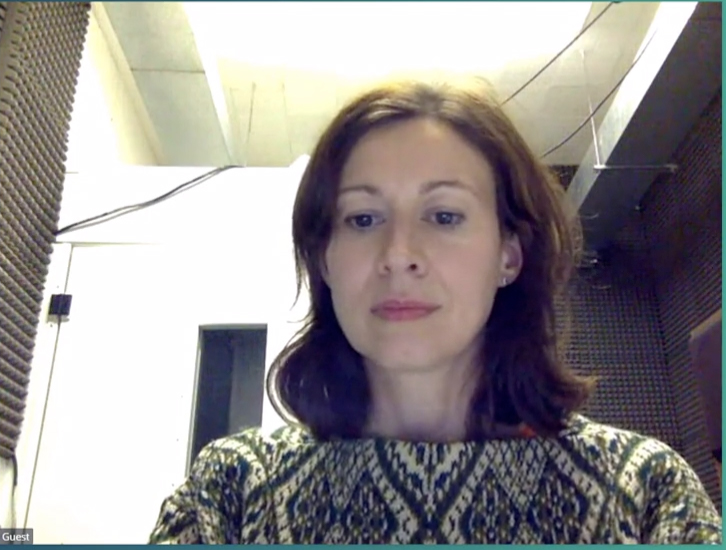This post surprisingly is about layering and effects as it is starting to become late in the day for further development. Finished work will be required imminently.
Follow-on Work from Book Design Meeting
The meeting with book designer Victoria Forrest had taken the direction towards using own genomic data. A 700,000 sample of the human genome from my own test results has been downloaded and secured. It remains to decide how and how far to extend its use and this could be via layering as in three examples created to date.
- Great grandmother and boy outdoor portrait with glow image overlapped
- Grandmother posed by rock with glow image and DNA base pair layering
- A tablet of DNA base pairs overlaid on mono glow image.
Other possibilities are an illustrative option for use for example to add content to a facing page. The theme can either punctuate change or run continuously. This compares with amending each work created to date to incorporate base pairs.
The DNA test data contains autosomal, Y-DNA and mtDNA data. Apparently the test no longer lead to the latter two being made available.
Themes and Use of Effects
Some of the image themes within the overall project lead to the possibility of going to the next level of visual presentation by working with Adobe After Effects. Specifically the Ghost persons themes work well with Spotlight enhancement with motion. Music has also been composed for this. The overall production should be very emotive. However much this is lining up as the next evolution of this work, it kind of was dropped from the project scope for now.
Another thematic element is the use of Effects alongside the inner/outer space visuals or cellular portrayal falling under the heading of Pan Cellular Ex Cellular – all cells are made from cells a reference to the DNA transcription process that enables life and link made to the past.
The cellular theme is ripe for working in Adobe After Effects with Trapcode Particular from Red Giant. Practice in this domain as part of a course or courses completed in advance of the this Falmouth MA Photography course.
For now, this blog post has to be limited to a record of strong intent as expansion into 3D and VFX must not detract from the Assignments. Keep to the plan and the timeline for now.














